Lake Tonlé Sap and its floating village in Cambodia
The Tonlé Sap is a true interior sea located in the center of the Cambodia . It is an extremely important ecosystem for the population, as it provides Cambodian fish by thousands of tons. It was also classified as a natural reserve by Unesco in 1997, and today several associations create protected areas to preserve fauna and flora, which houses endemic species in the country. L’ ibis giant is, for example, an endangered species, which once lived in Vietnam but is now found only in the north of the country and on the banks of the Tonlé Sap.
The Tonlé Sap is also of extreme importance to the survival of the Cambodian people: on the one hand, because during the monsoon, the lake and its river overflow and invade the fields to deposit a sediment allowing the cultivation of rice the rest of the year, and on the other hand all year round because it is a natural source of various poisons. Thus, many floating villages have settled on the shores of the lake to enjoy these fruitful waters. Indeed, about 75% of the country’s fish supply comes from this single lake, and it is a significant source of food for Cambodians.
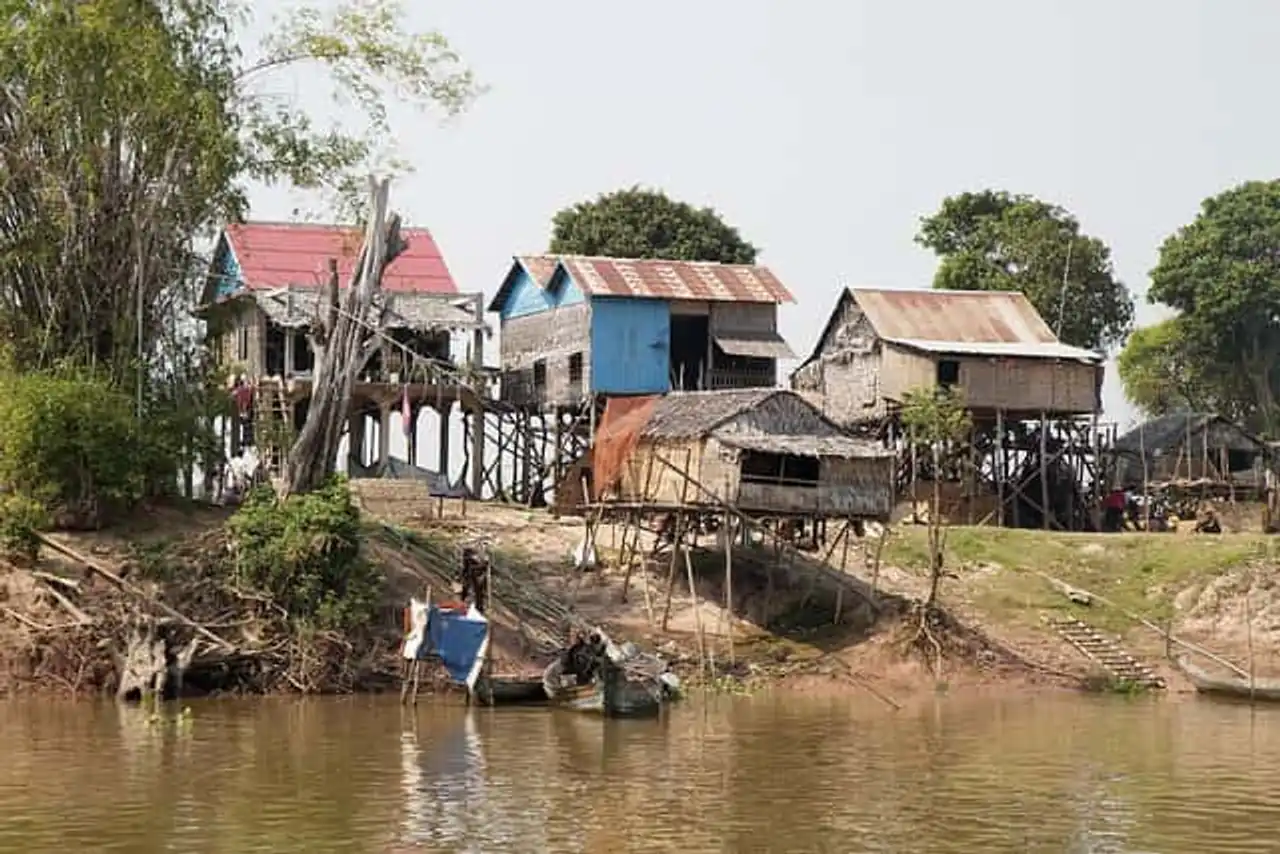
Photo credit: Flickr – Jason Eppink
The floating villages perfectly represent the traditional Cambodian life: some villages gather up to 5000 people who have organized themselves into real cities. There are schools on the water, shops, restaurants.
During a stay in Cambodia, it is possible to spend a day on the Tonlé Sap in order to admire these slices of life and the dexterity with which the people Khmer knew to take part of this lake and its changes throughout the year: during the rainy season, one can see the houses float to full of water, while during the dry season, one discovers the hidden face and the high villages of pilots.
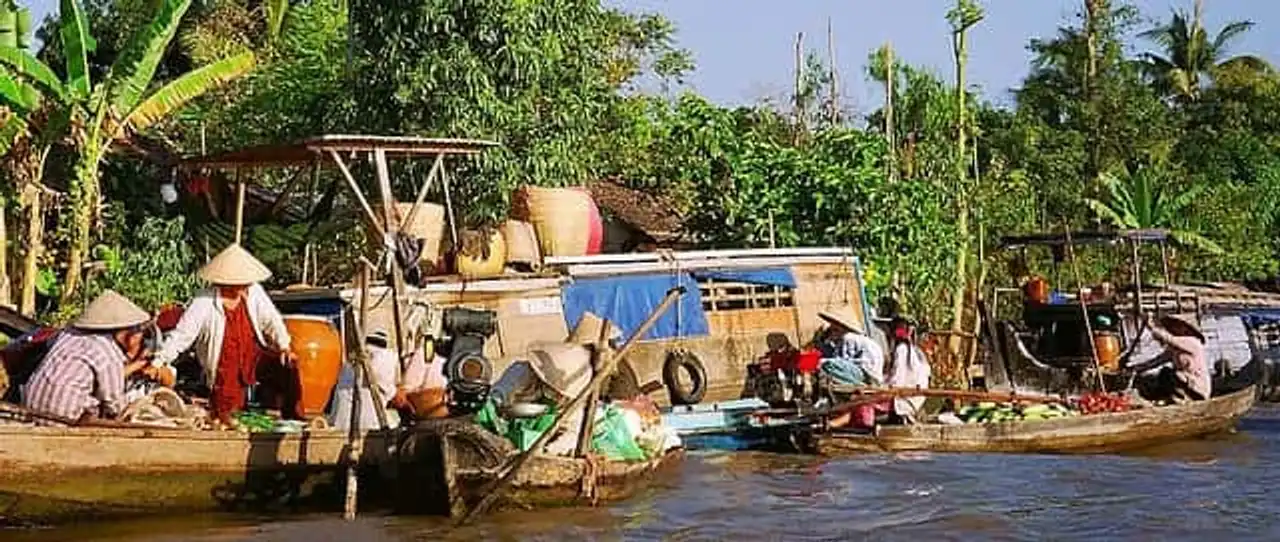
Photo credit: Flickr – NeilsPhotography

Photo credit: Pixabay – rousselncn
Main photo credit: Flickr – Allie_Caulfield
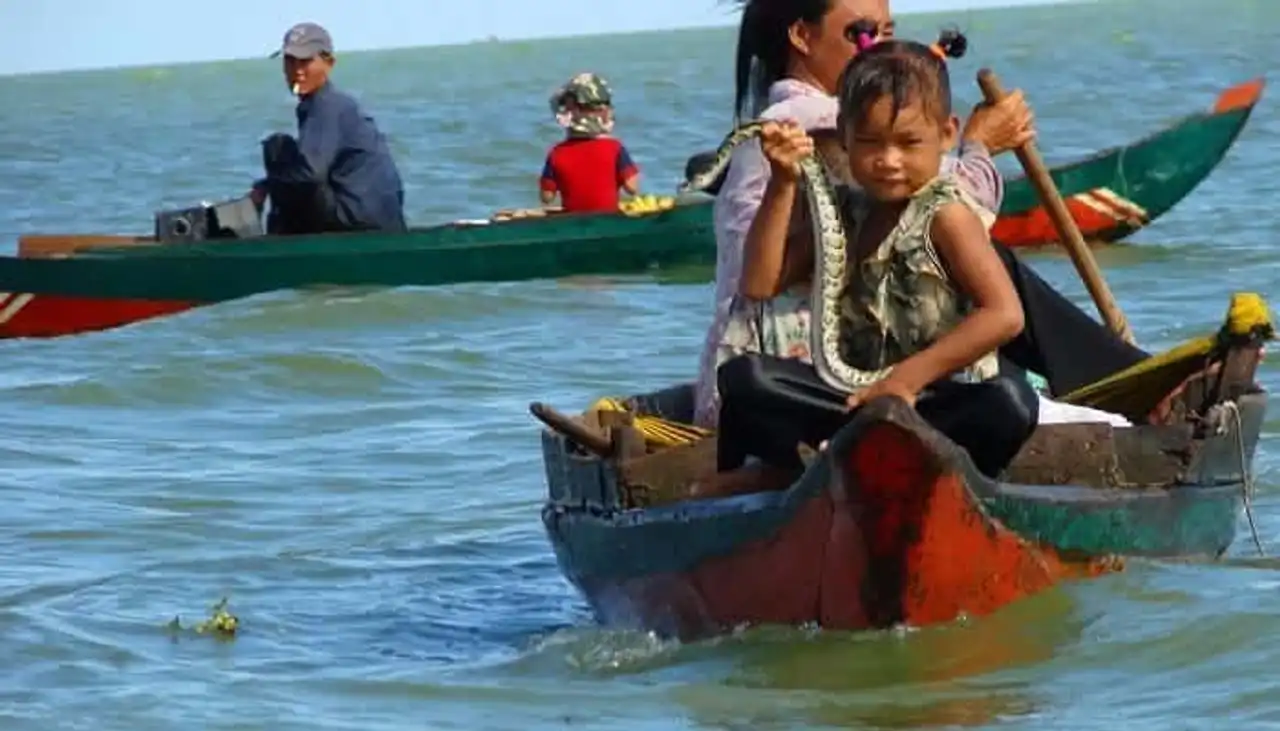




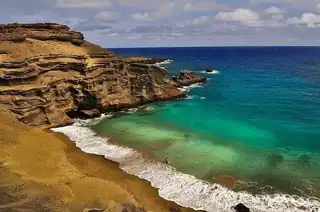
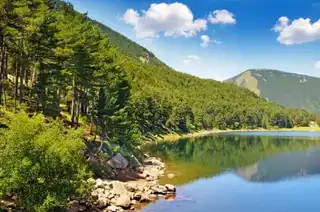

Loading comments ...